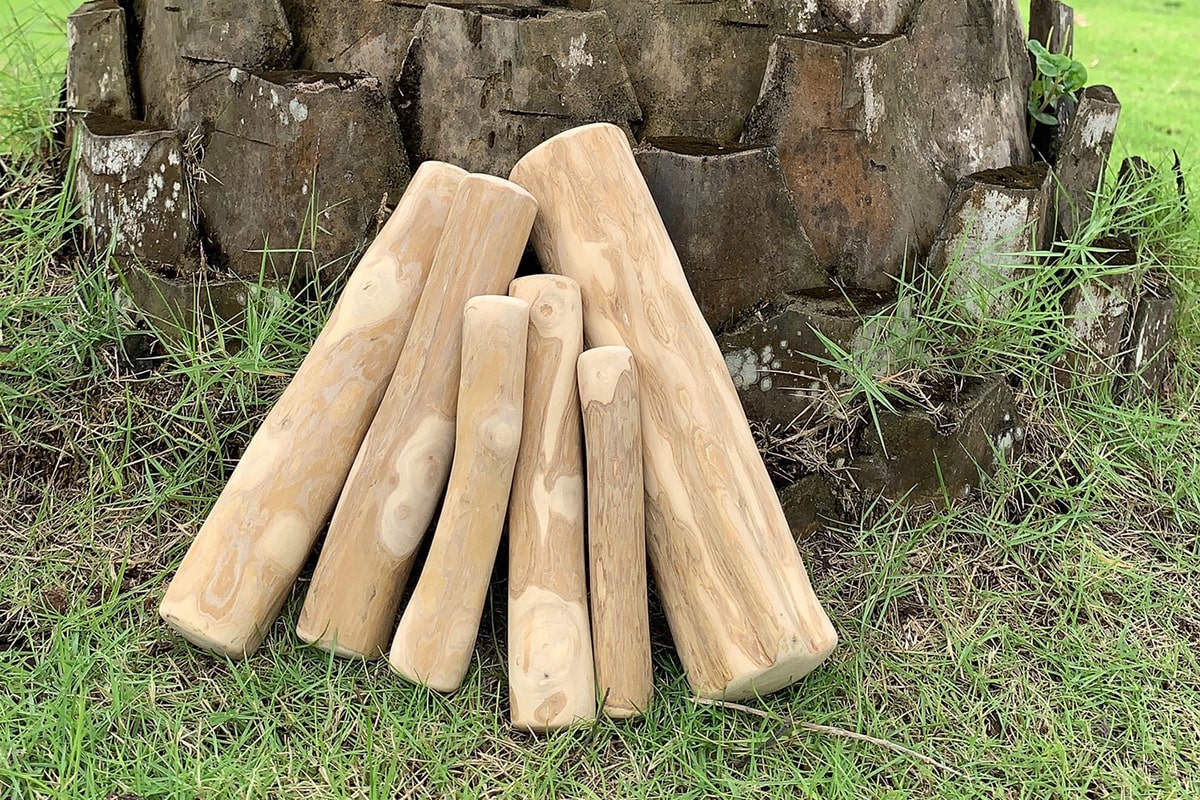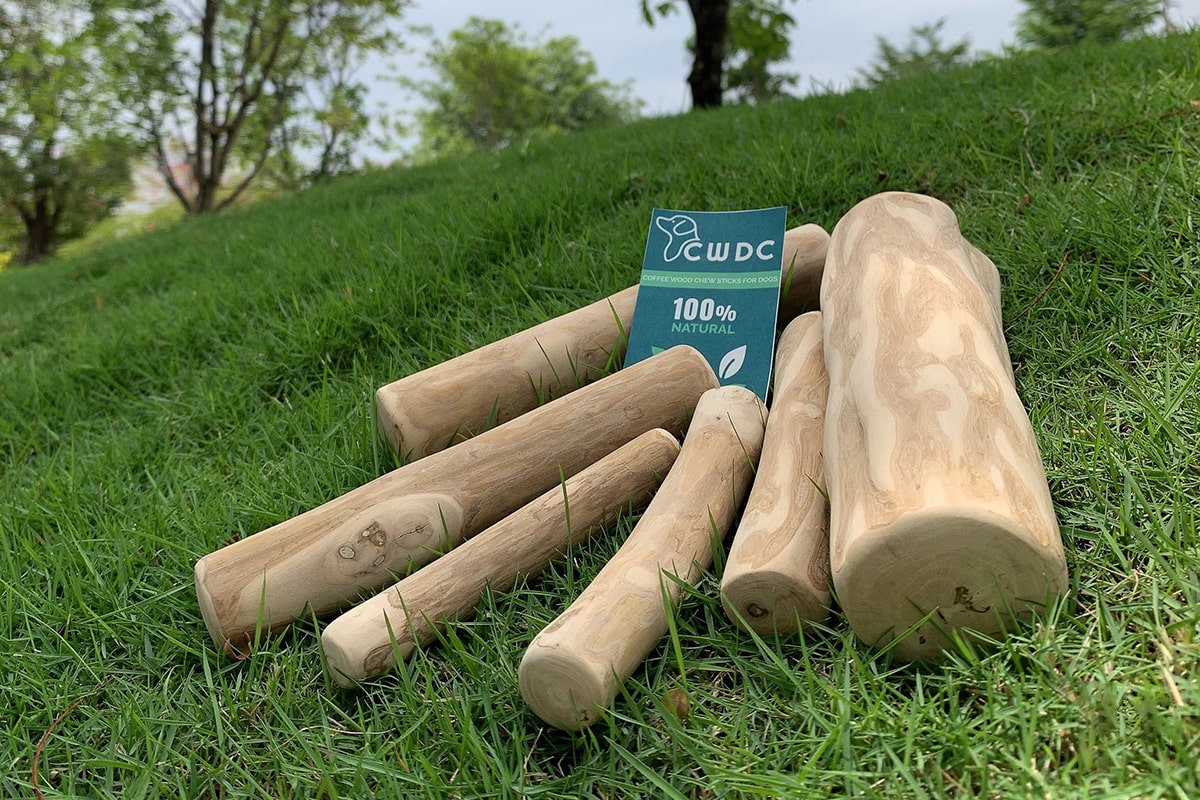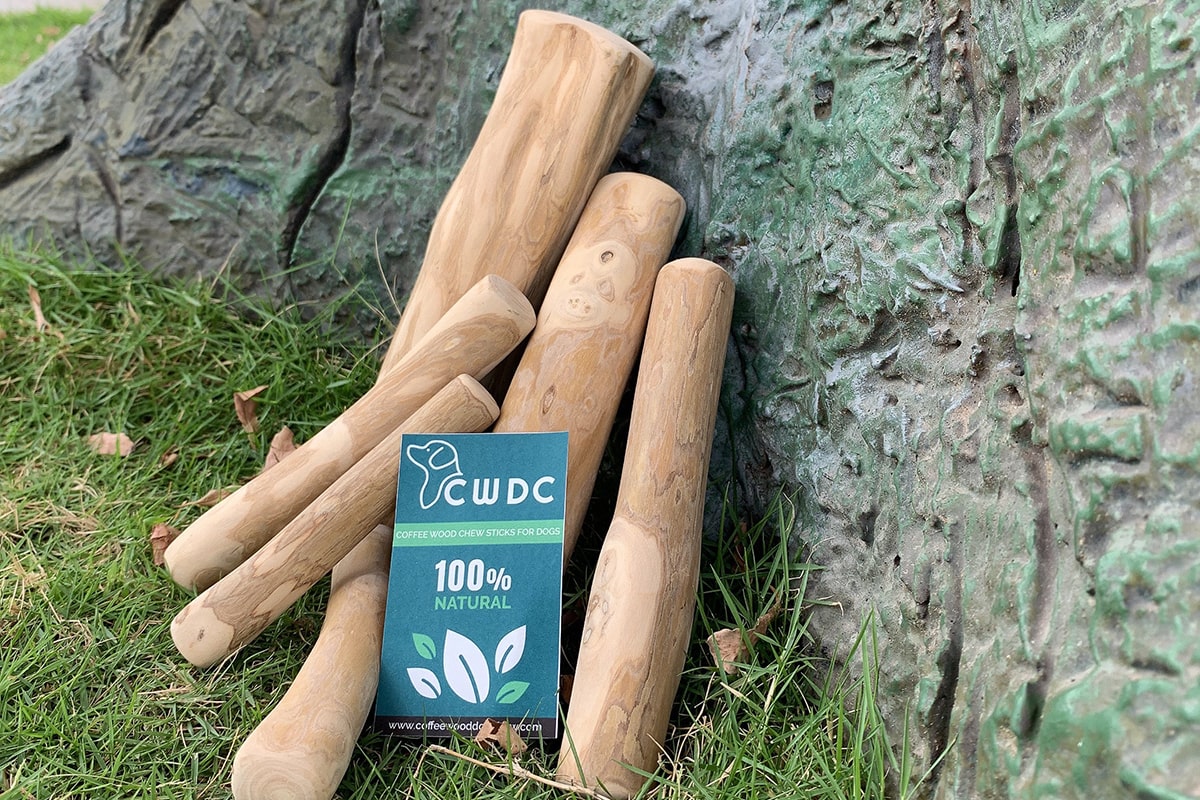In a world filled with mass-produced, uniform pet products, Java wood hideouts stand apart for their individuality. Each piece is unique in shape, texture, and character, a direct result of its natural origin from non-fruit-bearing coffee trees. For pet owners, this uniqueness is not a flaw but one of the greatest strengths of Java wood hideouts. It creates a habitat accessory that is as distinctive as the animals who use them.
1. The natural formation of Java wood
Unlike plastic or resin products molded to be identical, Java wood hideouts are crafted from aged coffee tree trunks that have naturally developed hollows, knots, bends, and branch formations. Environmental factors such as soil quality, weather conditions, and years of growth shape each tree differently, ensuring no two pieces can ever look or feel the same. This natural variation is what gives Java wood its character.
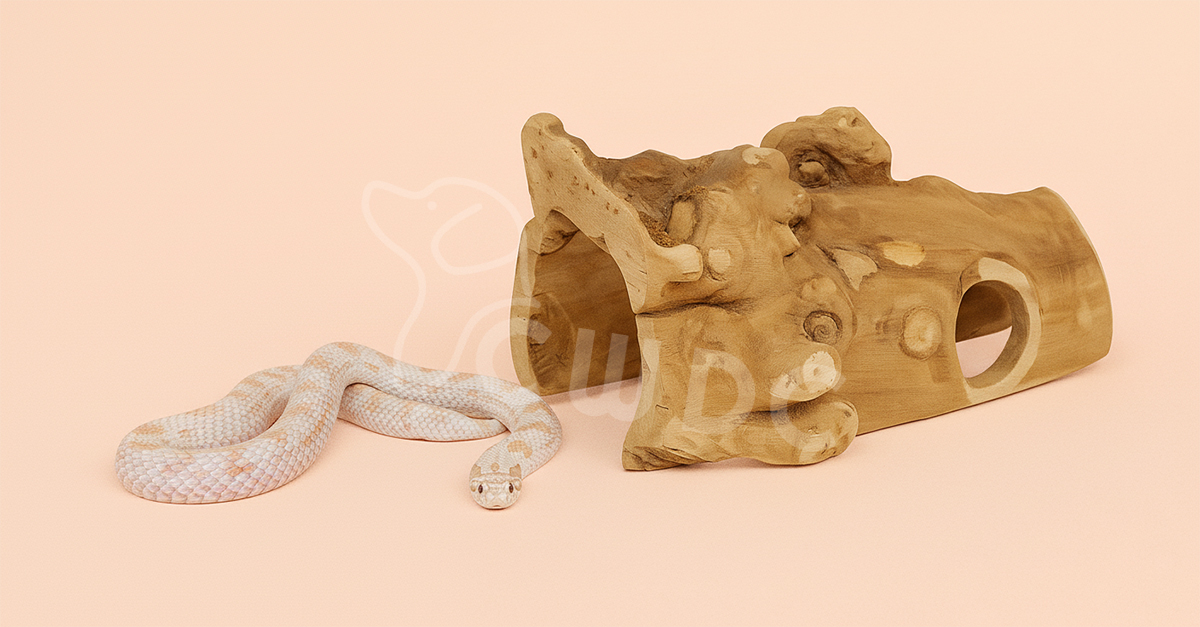
2. Functional diversity for pets
The irregularity of Java wood directly benefits animals. For hamsters, some hideouts may have deeper hollows for nesting, while others feature smaller tunnels for exploration or gnawing. Reptiles may find unique resting angles, shaded spots, or climbing opportunities depending on the way a particular hideout is shaped. These variations keep habitats dynamic and engaging, preventing the monotony that often comes with standardized accessories.
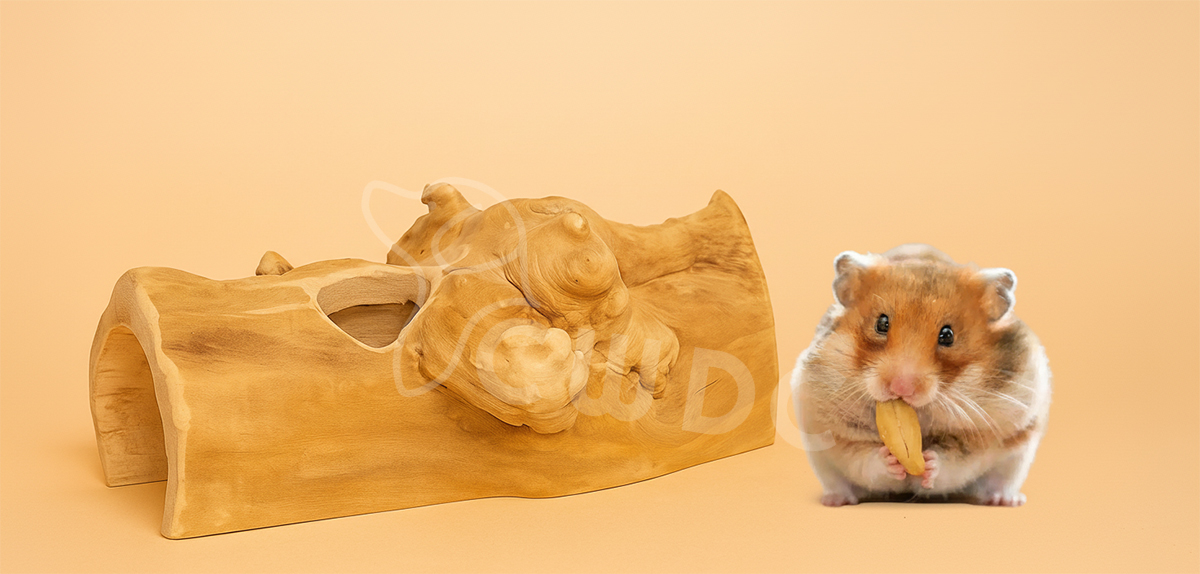
3. Aesthetic value for enclosures
Each hideout doubles as a piece of natural art. Their organic shapes and earthy tones enrich enclosure design, blending seamlessly into naturalistic or bioactive setups. Owners gain not just a functional accessory but a decorative element that enhances the overall visual harmony of the habitat.
4. Why uniqueness matters in pet care
Animals, like people, benefit from environments that stimulate curiosity. A Java wood hideout that is different in shape or layout offers fresh challenges, whether it’s a hamster testing a new tunnel or a gecko finding a different climbing route. This unpredictability mirrors the diversity of the wild and encourages natural behaviors, which in turn support mental well-being.
5. The eco-friendly advantage of variety
The individuality of each piece is also tied to sustainability. Because the wood is repurposed from coffee trees at the end of their productive life, there’s no need for artificial shaping or wasteful manufacturing processes. Each hideout is valued for its uniqueness rather than forced into conformity, reducing environmental impact while celebrating nature’s irregular beauty.
Conclusion
No two Java wood hideouts are the same, and that’s exactly what makes them so valuable. Their individuality enriches pet habitats, promotes natural behaviors, and adds aesthetic depth while reinforcing eco-friendly practices. In choosing a Java wood hideout, pet owners are not just purchasing an accessory; they are embracing a one-of-a-kind piece of nature that offers both beauty and purpose.
Related Posts:
- Natural Beauty Meets Function: The Unique Appeal of Java Wood Tunnels and Hideouts
- Are coffee wood chews safe for dogs ? A Comprehensive Look
- The Economic Value of Aged Coffee Wood and Its Rising Demand
- Java (Coffee) Wood Tree Bird Perch / Artificial Java (Coffee) Tree Plant for Home Decor Indoor or Outdoor Office…
- The Role of Natural Perches in Bird Foot Health: Why Java Wood is Ideal
- Coffee Wood from Vietnam: The Ideal Material for Dog Chews





